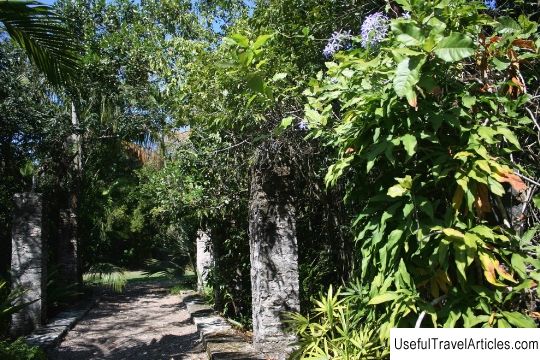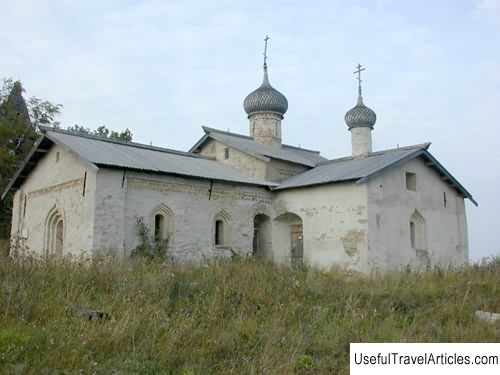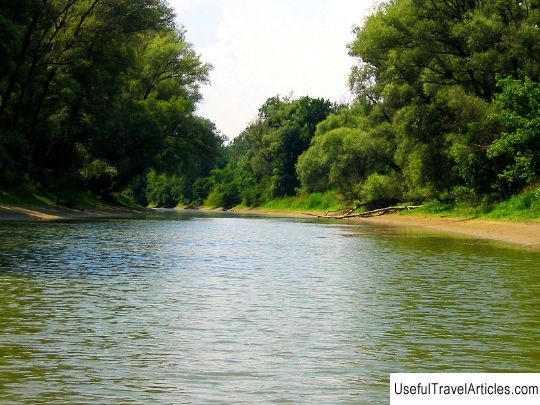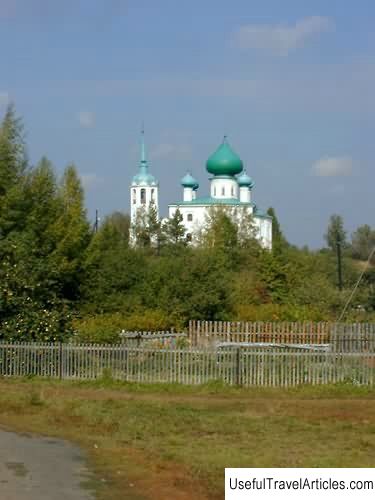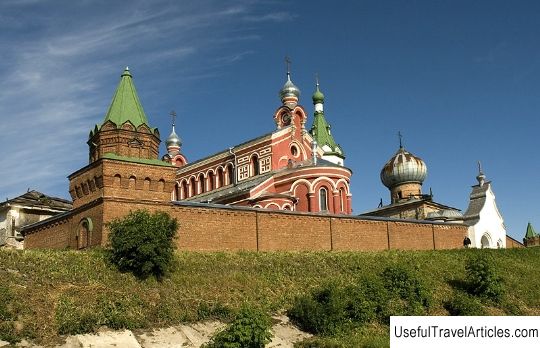Complex natural monument ”Staroladozhsky” description and photo - Russia - Leningrad region: Staraya Ladoga
Rating: 8,8/10 (6894 votes) 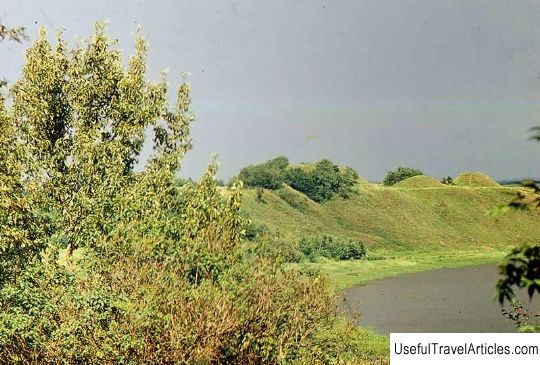
Complex natural monument "Staroladozhsky" description and photo - Russia - Leningrad region: Staraya Ladoga. Detailed information about the attraction. Description, photos and a map showing the nearest significant objects. Photo and descriptionThe complex nature monument "Staroladozhsky" was founded in 1976. It stretches along the two banks of the Volkhov not far from Staraya Ladoga and the settlement of Plekhanovo in the Volkhov region. The natural monument occupies an area of 220 hectares. The Staroladozhsky Reserve was declared a natural monument in order to preserve geological outcrops, artificial caves, ancient burial mounds on the banks of the Volkhov, as well as to protect the wintering grounds of bats. The territory of the natural monument is used for organizing educational activities in the field of ecology, excursions with visits to caves, archaeological excavations, the Staraya Ladoga Museum-Reserve. Ordovician rocks are exposed on the slopes of the Volkhov River. The lower parts of the outcrop are represented by obol shales and sandstones; glauconite sandstones lie slightly higher. The upper part is made up of limestones with interlayers of dolomites. There are three artificial caves on the territory of the Staroladozhsky natural monument. On the slope of the left bank of the Volkhov River, just opposite the Church of St. John the Baptist, there is the Staroladozhskaya Cave. The largest in the area is Tanechkina Cave. It is located on the left bank of the river, about one and a half kilometers to the north-east of the location of the Staroladozhskaya cave, 150 meters from the bank, in a ravine. A little further downstream, on the right bank of the Volkhov, is the Malyshka Cave. In 1998, another cave was found next to the Church of St. George the Victorious. Staraya Ladoga caves are widely known as the main wintering place for bats in the North-Western part of Russia. The background species of the natural complex are pond and water bat, long-eared bat and mustache bat. A single northern kozhok was recorded. The most significant for wintering is the large left-bank cave - Tanechkina Cave. In winter shelters in the climatic conditions of the Leningrad Region, bats spend about six to eight months a year, from October to June. Staraya Ladoga is one of the oldest cities in Russia, which arose on the site of ancient Slavic settlements, known since the 7th century. On the territory of Staraya Ladoga, Varangian and Slavic mounds, churches, parks of former noble estates have survived to this day. All sights are currently part of the architectural and historical-archaeological museum-reserve "Staraya Ladoga". Specially protected objects on the territory of the natural complex are artificial caves, paleontological fossils, geological outcrops on the banks of the Volkhov, parks of former estates, ancient mounds, various species of bats that hibernate in caves. On the territory of the natural complex, it is forbidden to carry out geological surveys, extract minerals, engineering and construction work, dump sewage into caves, dispose of household and industrial waste, graze cattle, start up fires, make fires, and dig mounds.          We also recommend reading Catherine Palace and Park description and photos - Russia - St. Petersburg: Pushkin (Tsarskoe Selo) Topic: Complex natural monument ”Staroladozhsky” description and photo - Russia - Leningrad region: Staraya Ladoga. |
